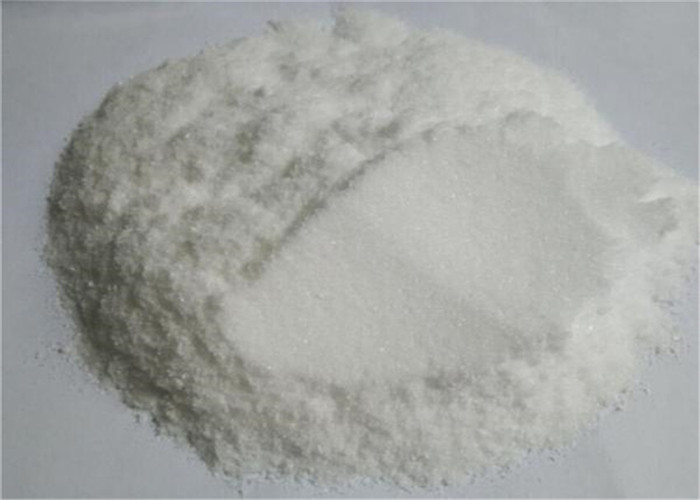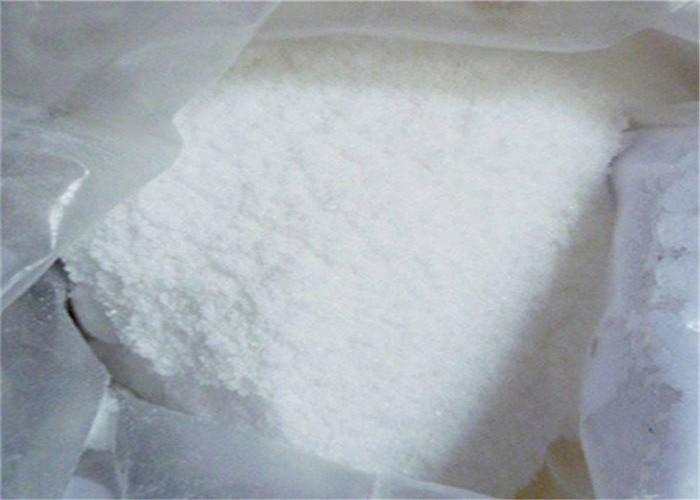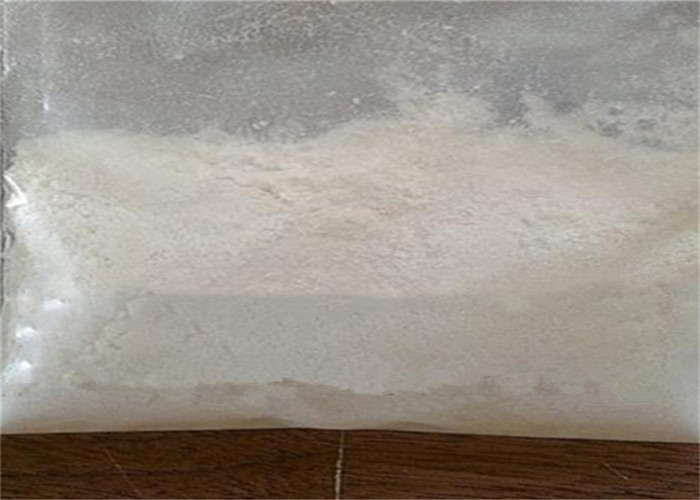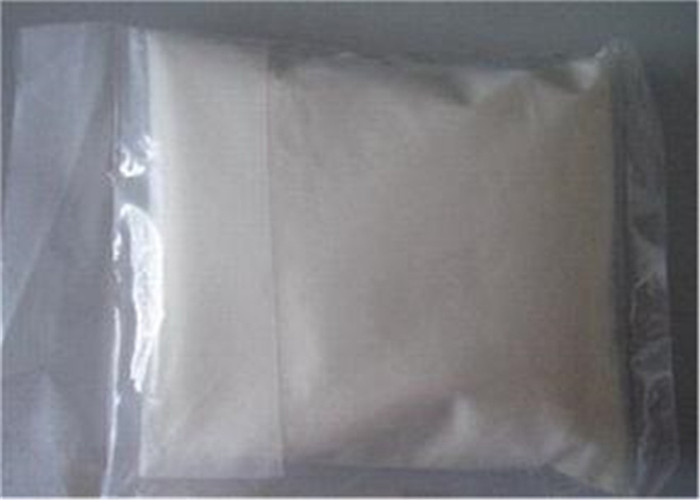98% Purity Thiosemicarbazide Powder CAS: 79-19-6 Used For Analytical Reagents
Superiority
Zhongshan Latterson Biotechnology Co., Ltd., is a comprehensive pharmaceutical enterprise, which specialized in bio-pharmaceutical technology over 7 years. The company is located in Zhongshan City, Guangdong Province , China.
Our factory covers an area of 33500 square meters, with clean environment and nice layout. There are several large or medium workshops and QA and research center with advanced equipment. At present, our main products are Anabolic Steroid series, Peptide series, Local Anesthetic series. Our products reach the advanced standard of domestic market, many of which reach the international standard, certificates contain: KOSHER , ISO 9001:2008 , GMP , SGS.
Basic Details:
Product Name: Thiosemicarbazide
Synonyms: 1-Amino-2-Thiourea;1-amino-2-thiourea(thiosemicarbazide);1-Aminothiourea;2-
Thiosemicarbazide;3-thio-semicarbazid;ai3-16319;Aminothiourea;aminothio-urea
CAS: 79-19-6
MF: CH5N3S
MW: 91.14
EINECS: 201-184-7
Product Categories: Pharmaceutical Intermediates;organic sulfide;Pharmaceutical
intermediate;Building Blocks;Chemical Synthesis;Organic Building Blocks;Sulfur
Compounds;Thiocarbonyl Compounds;Indolines ,Indoles
Melting point 180-183 °C (dec.)(lit.)
storage temp. Poison room
form Powder
color White to light yellow
PH 5-7 (50g/l, H2O, 20°C)
Water Solubility soluble
Appearance white crystalline solid
Uses As a reagent for detection of metals.
General Description N-Aminothiourea is a white crystalline powder and is odorless. N- Aminothiourea is used as a reagent for ketones and certain metals, for photography and as a rodenticide. N-Aminothiourea is also effective for control of bacterial leaf blight of rice. Not a registered pesticide in the U.S. N-Aminothiourea is a chemical intermediate for herbicides and a reagent for detection of metals. Reactivity Profile Isocyanates and thioisocyanates are incompatible with many classes of compounds, reacting exothermically to release toxic gases. Reactions with amines, aldehydes, alcohols, alkali metals, ketones, mercaptans, strong oxidizers, hydrides, phenols, and peroxides can cause vigorous releases of heat. Acids and bases initiate polymerization reactions in these materials. Some isocyanates react with water to form amines and liberate carbon dioxide. Base-catalysed reactions of isocyanates with alcohols should be carried out in inert solvents. Such reactions in the absence of solvents often occur with explosive violence. Health Hazard N-Aminothiourea is highly toxic by ingestion. May induce goiter and cause delayed toxic effects in blood and skin. May be mutagenic in human cells.Fire Hazard When heated to decomposition, very toxic fumes of sulfur oxides and nitrogen oxides are emitted.
| Fat Burning(raw powder) |
| T3 (Liothyronine Sodium) |
| T4 (L-Thyroxine / L-Thyroxine Sodium salt) |
| L-Carnitine |
| Theobromine |
| Synephrine |
| Synephrine HCL |
| Rimonabant |
| Lorcaserin HCl |
| CLA (Conjugated Linoleic Acid) |
| Orlistat |
| Calcium Pyruvate |
| DMAA (1,3-Dimethylpentylamine HCL) |
| L-Citrulline |
| |
| Other Hot-Sale Products (Raw Powder) |
| TUDCA (Tauroursodeoxycholic Acid) |
| GBL (Y-Butyrolactone) |
| 1,4-Butanediol |
| Minoxidil |
| Melatonine |
| Tretinoin |
| Sunifiram |
| Pregabalin |
| Phenacetin |
| Paracetamol |
| Levamisole HCL |
| Pirfenidone |
| Epinephrine HCL |
| Pregnenolone |
| Dextromethorphan hydrobromide monohydrate |
| Argireline |
| SNAP-8 1mg/vial |
| Theophylline |
| Diclofenac Sodium |
| Tianeptine sodium salt |
| Noopept |
| Beta-Nicotinamide Mononucleotide |
| Clobetasol Propionate |
| polyethylene glycol(PEG) |
| Ketoprofen |
| 1,3-Dimethylbutylamine hydrochloride |
| Polyvinylpyrrolidone |
| Baricitinib |
| Diprophylline |
| Aminophylline |
| Tianeptine |
| Tianeptine Sulfate Sulphate |













 Sales Manager
Sales Manager